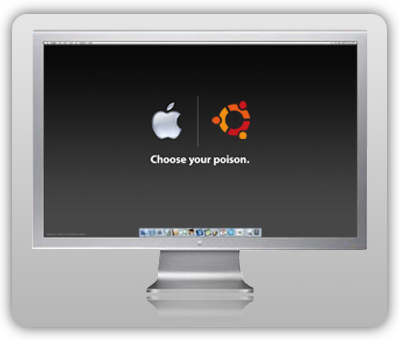

I decided the best approach would be to initially dual boot MacOS and Ubuntu, ensure that Ubuntu is stable and then remove the partition where MacOS lives.

#Ubuntu on a mac software
I wasn’t buying it that the hardware would not be able to run the browser and applications and I had a strong belief that it’s some Apple-imposed limitation as part of the ‘Lightbulb Conspiracy.’ So I decided to pursue a different option: installing the latest Ubuntu on this 2013 MacBook Air to free the software restrictions of the machine manufacturer and unleash the power of the hardware. But when launching Google Chrome, I discovered that when navigating to GMail or Google Drive, I received an error message indicating that the applications do not support this browser and operating system. So I began downloading all the applications I usually use like Google Chrome, iTerm, Visual Studio Code. Select Reinstall macOS, click Continue, then follow the onscreen instructions.Īll of the steps ran smoothly and I had a working machine! The battery was still in really good shape as well, the screen was scratchless and the keyboard still had that bounce to it.After the disk is erased, choose Disk Utility > Quit Disk Utility.
#Ubuntu on a mac mac os
Click the Format pop-up menu, choose Mac OS Extended format, enter a name, then click Erase.Select your startup disk on the left, then click Erase.Select Disk Utility, then click Continue.As your Mac restarts, hold down the Command + R keys until the macOS Utilities window appears.



 0 kommentar(er)
0 kommentar(er)
